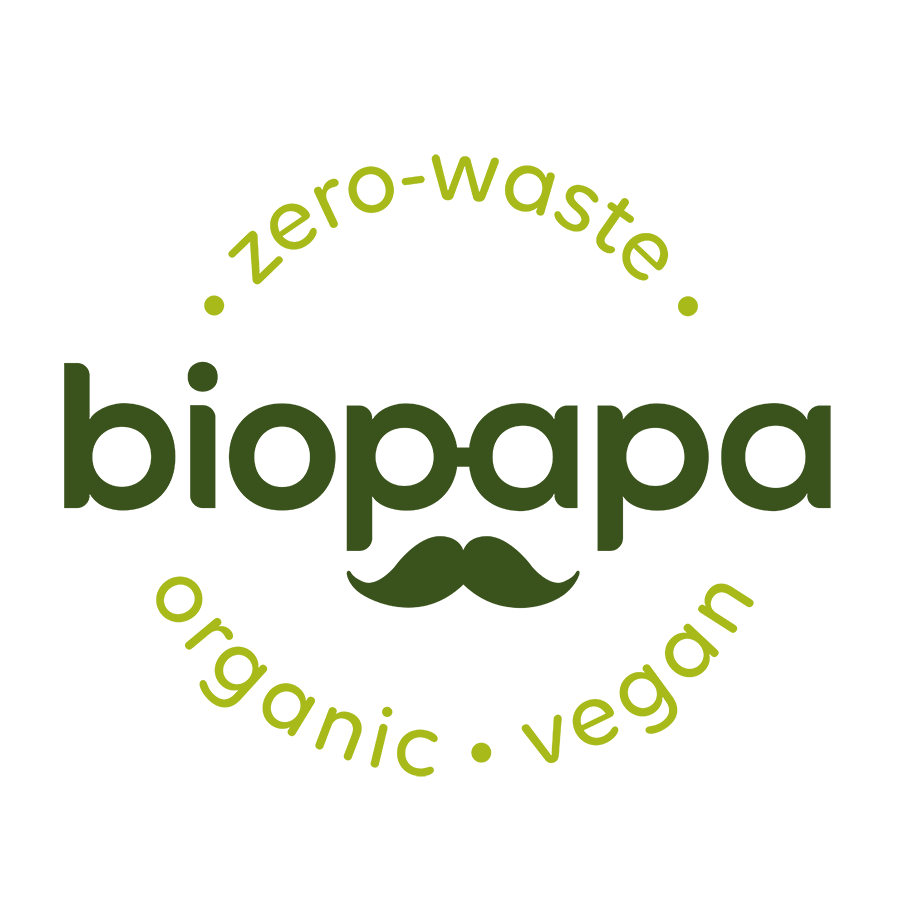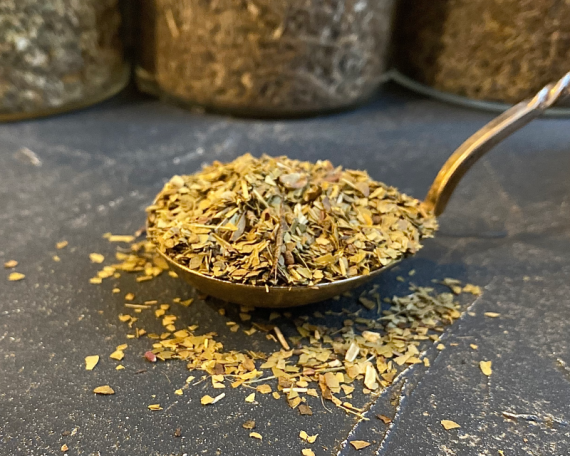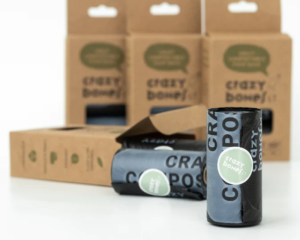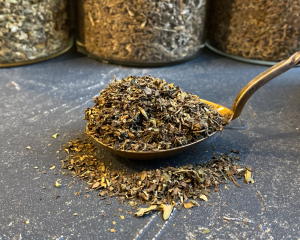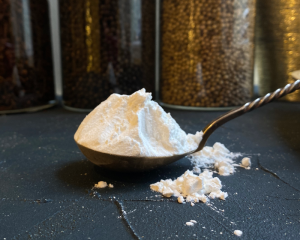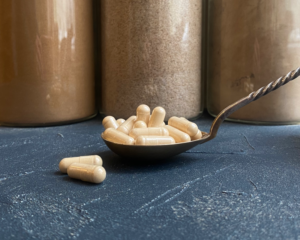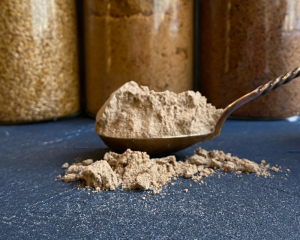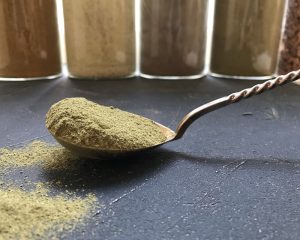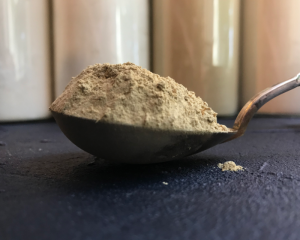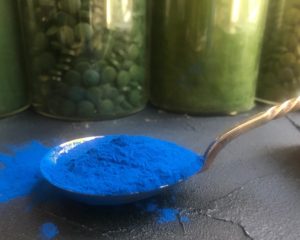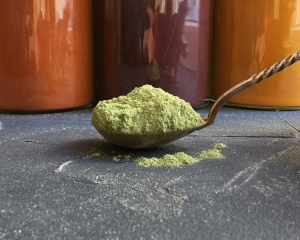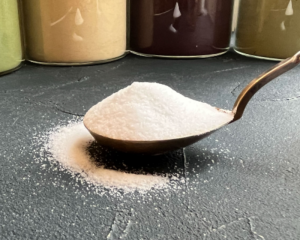Mate tastes like tea, stimulates like coffee, but is technically neither. Mate has a very distinctive taste – strong, slightly bitter. Traditionally, mate is drunk from a special container and sipped with a metal straw with a filter at the lower end.
If you’re looking for an energy boost that espresso beans don’t provide, make a tea from the leaves and branches of this South American super-plant, Yerba Mate(Ilex paraguariensis), which has been used for centuries. Mate tea contains almost as much caffeine as coffee, about 80 mg per cup.
This tea is rich in antioxidants and nutrients:
Xanthines: these compounds act as stimulants. These include caffeine and theobromine, which are also found in tea, coffee and chocolate.
Saponins: these bitter compounds have some anti-inflammatory and cholesterol-lowering properties.
Polyphenols: this is a group of antioxidants. Antioxidants protect the body’s cells from damage caused by free radicals and have a positive effect on health, skin condition and help slow down the ageing process.
Mate also contains a number of other important micronutrients, including vitamin C, thiamin, riboflavin and vitamin B6. It also contains some potassium, calcium, magnesium, phosphorus, manganese and iron.
Mate can increase energy and improve mental focus. Some studies have shown that mate can be effective in reducing body weight.
100% organic mate tea
-
Store in a dry place.
